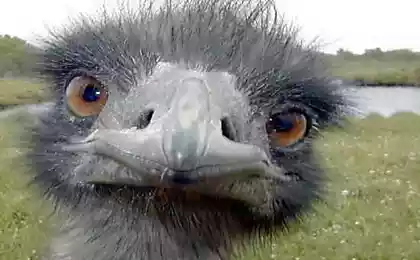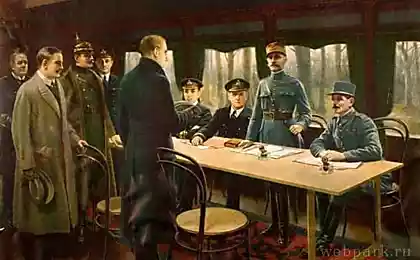1087
Chemical war between Persia and Rome

Recent archaeological investigations give reason to think about the discovery of the first case of use of chemical weapons in the war - between the Roman Empire and its bitter rivals, the Persians.
Work conducted by archaeologist Simon James (Simon James), began, as usual, in the field - rather, among the ruins of the town of Dura-Europos in the eastern part of today's Syria. This town on the Euphrates called "The Syrian Pompeii": the destruction of the war, it was finally abandoned in III century BC and perfectly preserved until 1920-1930 years. When was first excavated by archaeologists. Even then it opened the mass of ornate buildings, including a synagogue and beautifully painted one of the oldest Christian churches.
Once the city was conquered by the Roman Empire, and is located a considerable garrison. However, in 256, he was subjected to a brutal siege of an army of bitter rivals of Rome, the Sassanid Empire.
Today it "live" only archaeologists. They found mine under the city walls, which once used the Persian troops besieging the city - and the Romans were defending it. The Persians tried to get through the walls, and possibly explode, but Roman soldiers dug meet and underground catacombs tied fierce struggle: there are many dead bodies with deep povrezhdeniyami.

However, in one stroke back in the 1930s it was discovered just 20 remains of Roman soldiers in full armor - and without any visible damage in vivo. I have the feeling that they were not killed by a spear or sword, but something else. So Simon James had not only to the field work, and raise the results of research 80 years ago - but in the end, he offered his own version of the death of this wonderful unit.
"Obviously, - says scientist - that when the underpass and protivohod met, the Romans lost the battle, and their dead bodies along with the shields used by the Persians to lay the tunnel, defending against these attacks to defend the fortress garrison. (...) It explains where they were found and why in such positions - but not why they died. To strangle 20 armed soldiers in the space of 2 m in width and height, and about 11 m in length, you have to be a superman - or use other means of war ».
James argues that some findings allow safe to assume that the Persians used the heavy oil mixed with sulfur crystals, as a means of igniter, protecting against access tunnels of Roman legionnaires. This is, in his opinion, and gives a clue to the deaths of 20 soldiers: Zagora, this mixture creates a dense cloud of suffocating gazov.

"The Persians heard that meet them dig and Romans - says archaeologist - and prepared a terrible surprise. I think they have arranged a brazier and fur directly into the underground gallery, and when it broke the Roman legionaries, simply mix the ingredients, causing burning. Choke dense gas pulled to the side of the Romans, and a detachment in seconds lost consciousness - and in a few minutes, and the life ».
It is said that some mention of the use of such technology in the deadly siege and defense of the city described by some classic military strategists of the period. Now, however, it has received and the actual confirmation.
What if the siege is over? Wall Dura-Europe prevailed, but the city fell. Not so long ago in its ruins were found prepared to fire bolts of Roman catapults - apparently took place here last line of defense of the Romans. The garrison and inhabitants were slaughtered or deported into slavery, the city deserted navsegda.

























